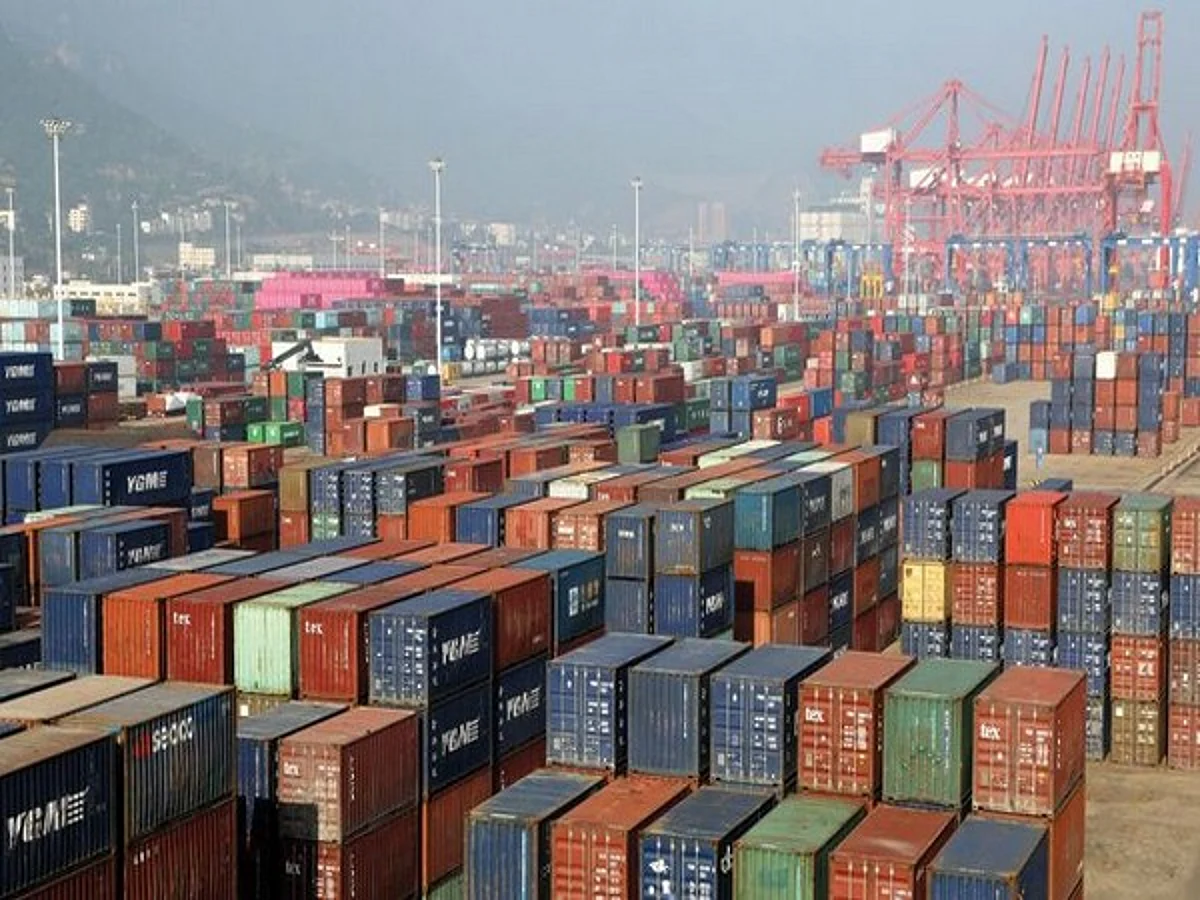As India continues to negotiate a potential trade agreement with the United States, Washington’s latest deals with Japan and Indonesia offer both valuable lessons and cautionary signals.
On Tuesday, the US announced separate trade pacts with the two Asian economies. Under the agreement with Japan, the US will impose a 15% tariff on Japanese imports, lower than the initially proposed 25%. In return, Japan has agreed to grant tariff-free access to US farm products and commit a significant investment of $550 billion in the US economy.
Indonesia has secured a reduction in US tariffs to 19% from a proposed 40%. In exchange, Jakarta will eliminate tariffs on 99% of US exports, effectively opening its market to a wide range of American industrial, tech, and agricultural goods.
Experts believe India could see a similar framework in its own trade deal. The expected US tariff rate on Indian exports may range between 15-20%. While India may be required to significantly reduce or eliminate tariffs on US imports, it could still enjoy a relative advantage over countries like Vietnam and Indonesia. The US has imposed a 20% tariff on Vietnamese exports.
“Even if the US settles for a 15-20% tariff on Indian goods, that would put India in a relatively better position compared to many ASEAN countries,” says trade economist Ritesh Kumar Singh.
Former commerce secretary Anup Wadhawan noted that unless the global community retaliates, the US is likely to continue imposing such tariffs unchallenged.
However, experts have urged caution, especially when it comes to American demands concerning India’s farm sector. Ajay Srivastava, founder of the Global Trade Research Initiative (GTRI), says India is under pressure to allow remanufactured goods, open up its agriculture and dairy sectors, accept genetically modified (GM) feed, and adopt US rules on digital trade and product standards.
“These are fundamental shifts that could affect India’s long-term ability to manage its economy, protect public health, and support local industries,” Srivastava warned.
Highlighting the stakes, he added: “For a country like India, where agriculture underpins livelihoods, food security for 700 million people, and political stability, agreeing to greater market access for US farm goods could have serious long-term consequences.”
Nevertheless, Wadhawan believes that India will eventually need to open its farm sector, albeit through a quota-based mechanism.
Currently, India imposes an average 38% tariff on US farm exports, whereas Indian agricultural products face a much lower average levy of 5.3% in the US. Like Japan, India is facing mounting pressure from Washington to open its markets to heavily subsidized US farm goods, including GM feed and dairy products.
